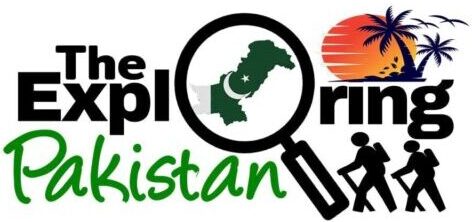Introduction
Lahore, the heart of Pakistan, is a city of grandeur, history, and deep cultural roots. Known as the City of Gardens, Lahore has witnessed the rise and fall of empires, from the Indus Valley Civilization to the Mughal Empire, British colonization, and modern-day Pakistan. This historical journey unveils Lahore’s transformation over thousands of years, making it one of the most captivating cities in South Asia.
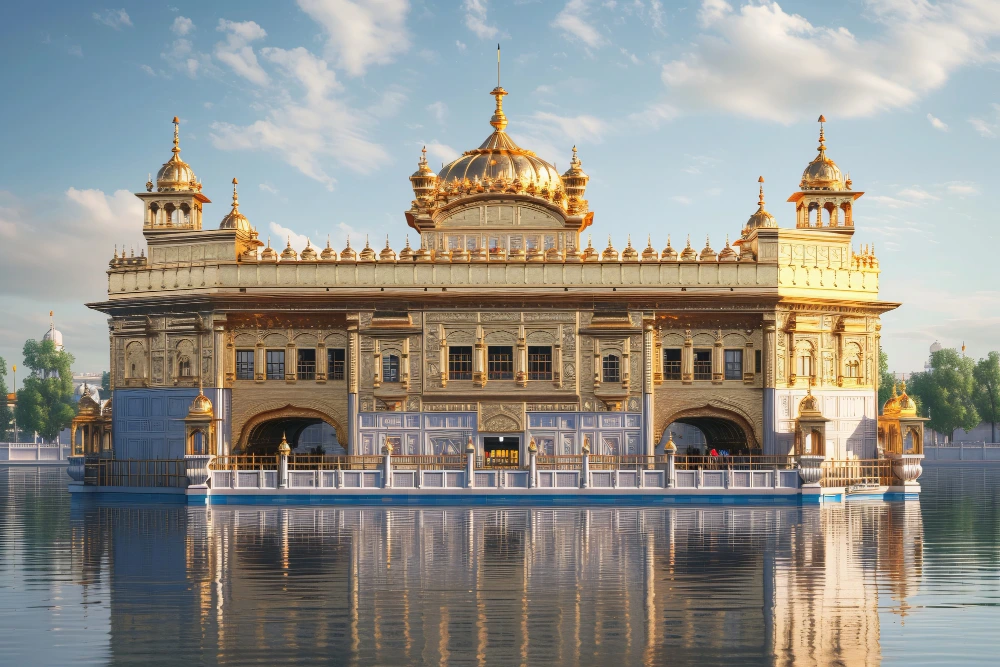
Ancient Origins: Indus Valley Civilization & Early Settlements
The Birth of Lahore – A 5000-Year-Old Legacy
The origins of Lahore date back over 5,000 years, with strong historical connections to the Indus Valley Civilization (3300–1300 BCE). Some scholars believe that Lahore and its surroundings were once small settlements influenced by the Harappan culture, making it an integral part of one of the world’s oldest urban centers.

Archaeological Evidence & Historical Sources:
- Excavations near Harappa and Ravi River suggest the presence of early human settlements in Lahore’s region.
- The Rigveda (1500 BCE) and other ancient Sanskrit texts hint at a settlement near the Ravi River.
- Greek & Persian Records: Alexander the Great’s campaigns in Punjab (326 BCE) mention Lahore as an important trade hub.
Hindu & Buddhist Influence:
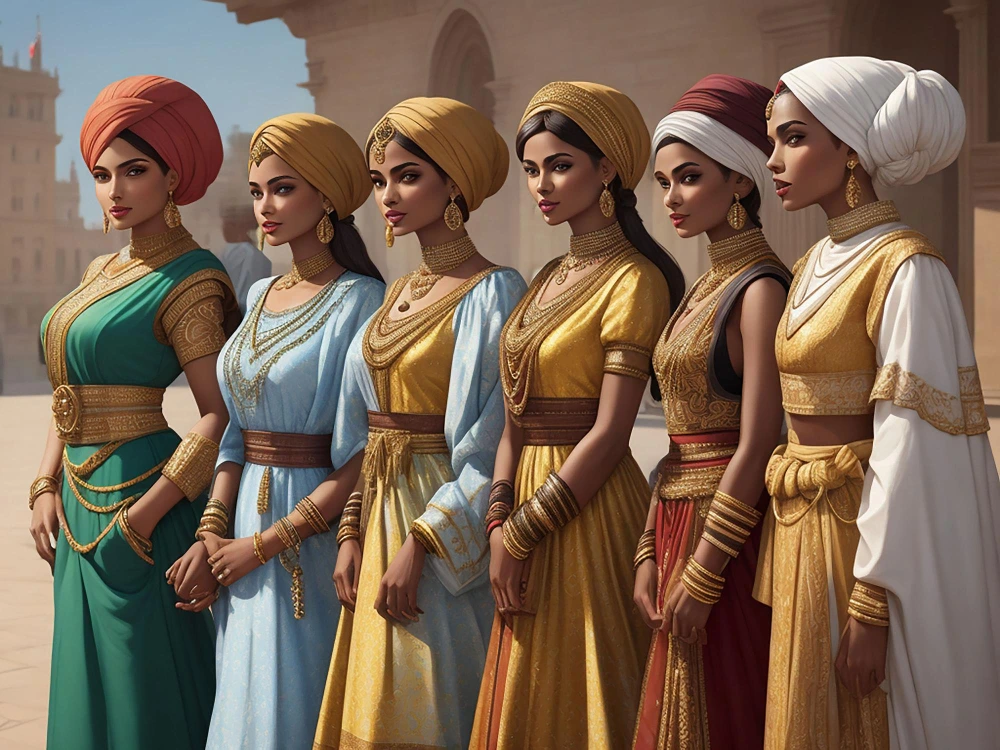
- According to Hindu mythology, Lahore was founded by Loh, the son of Lord Rama.
- The city was a Buddhist center during the Mauryan Empire (321–185 BCE), with Emperor Ashoka’s influence bringing prosperity and religious harmony.
- Taxila and Lahore’s Link: Lahore was influenced by the renowned Taxila University, a major learning center in ancient India.
Medieval Era: Ghaznavids to the Mughals
Islamic Conquests & the Rise of Lahore (10th–12th Century)
Lahore flourished during the Ghaznavid Dynasty (10th–12th century) when it became the empire’s second capital.
- Mahmud of Ghazni (11th century): Invaded Punjab and transformed Lahore into a military and cultural hub.
- Ghurid Dynasty (12th century): Strengthened Lahore’s role as a center of Islamic learning and Sufism.
- Development of Lahore Fort (Shahi Qila) began under Ghaznavid rule.

Mughal Empire – The Golden Era of Lahore (1524–1739)
The Mughals made Lahore their cultural and architectural capital, leaving behind breathtaking monuments that still define the city today.
Mughal Rulers & Their Contributions to History of Lahore
| Mughal Emperor | Key Contributions to Lahore |
|---|---|
| Babur (1526–1530) | Introduced Persian-style gardens, laid foundations for Mughal rule. |
| Humayun (1530–1540, 1555–1556) | Brief rule, no significant impact on Lahore. |
| Akbar (1556–1605) | Strengthened Lahore as the capital, expanded Lahore Fort, built Akbari Sarai. |
| Jahangir (1605–1627) | Constructed Jahangir’s Tomb, promoted Persian art and architecture. |
| Shah Jahan (1628–1658) | Developed Shalimar Gardens, expanded the Lahore Fort, introduced intricate marble designs. |
| Aurangzeb (1658–1707) | Built the Badshahi Mosque, Lahore’s most iconic structure. |
Architectural Marvels of Mughal Lahore
- Badshahi Mosque (1673): Built by Aurangzeb, this mosque remains one of the largest and most beautiful mosques in the world.
- Lahore Fort: Expanded by multiple Mughal emperors, featuring Sheesh Mahal, Diwan-e-Khas, and Naulakha Pavilion.
- Shalimar Gardens (1641): A masterpiece of Persian garden design, built by Shah Jahan.
- Wazir Khan Mosque (1634–1641): A stunning example of Mughal-era tile work and calligraphy.
- Hiran Minar: A unique tower built in Sheikhupura by Jahangir in memory of his pet deer.
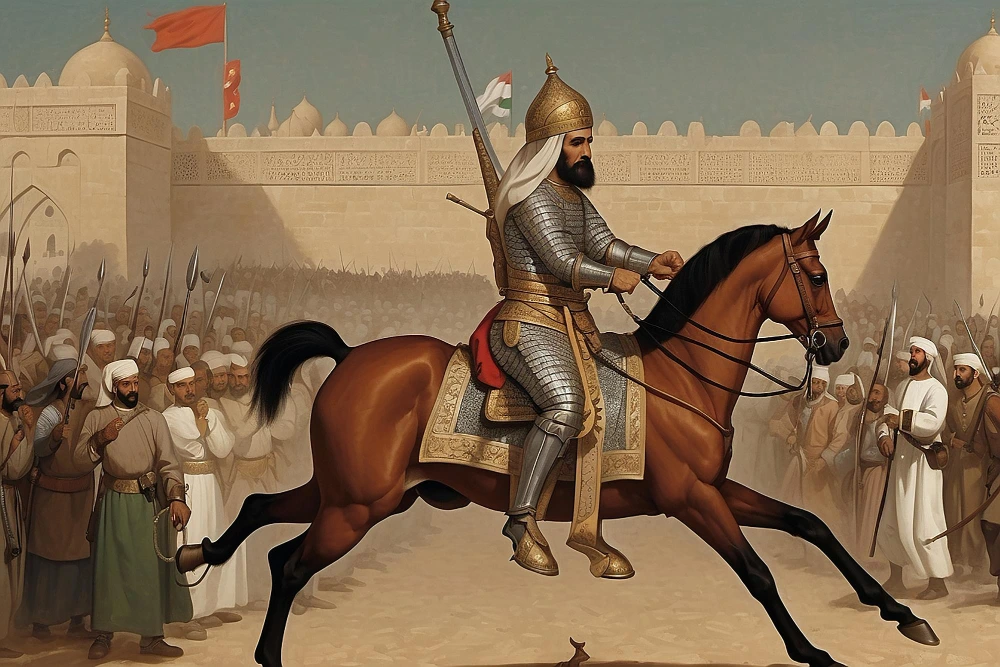
Cultural Flourishing Under the Mughals
- Lahore became a hub for Persian literature, poetry, and calligraphy.
- Mughal rulers patronized scholars, poets, and artists, making Lahore a center of intellectual and artistic brilliance.
- The city hosted grand military parades, festivals, and royal processions.
Economic Growth & Trade
- The Mughals developed Lahore as a major trading hub, connecting India with Persia and Central Asia.
- Markets like Akbari Mandi and Wazir Khan Chowk flourished, selling silk, spices, and gems.
- Lahore became a key city on the Grand Trunk Road, ensuring its economic prosperity.

Decline of Mughal Rule
After Aurangzeb’s death in 1707, the Mughal Empire weakened. Lahore became vulnerable to external invasions:
- Persian Invasion (1739): Nader Shah’s forces looted Lahore, leading to widespread destruction.
- Afghan Raids (1748–1767): Ahmad Shah Durrani attacked Lahore multiple times, further destabilizing the region.
By the late 18th century, Mughal control over Lahore had diminished, paving the way for Sikh rule under Ranjit Singh and eventually British colonization.
Colonial Rule: Lahore Under the British (1849–1947)
With the fall of the Mughal Empire, the British East India Company annexed Lahore in 1849. The city was modernized, and Western architecture blended with Mughal designs.
Key Developments Under British Rule:
- Government College Lahore (1864) – A center of Western education.
- Lahore Railway Station (1862) – Strengthening trade and connectivity.
- Lahore Museum (1865) – Preserving Pakistan’s ancient artifacts.
- Mall Road & GPO Building – Symbolizing British administrative control.
Despite modernization, Lahore remained a stronghold of resistance against British rule, eventually playing a crucial role in the Pakistan Movement.
Lahore and the Birth of Pakistan (1940–1947)
Minar-e-Pakistan & The Lahore Resolution (1940)
Lahore became the epicenter of the struggle for Pakistan’s independence. On March 23, 1940, the Lahore Resolution was passed at Iqbal Park, laying the foundation for the creation of Pakistan.
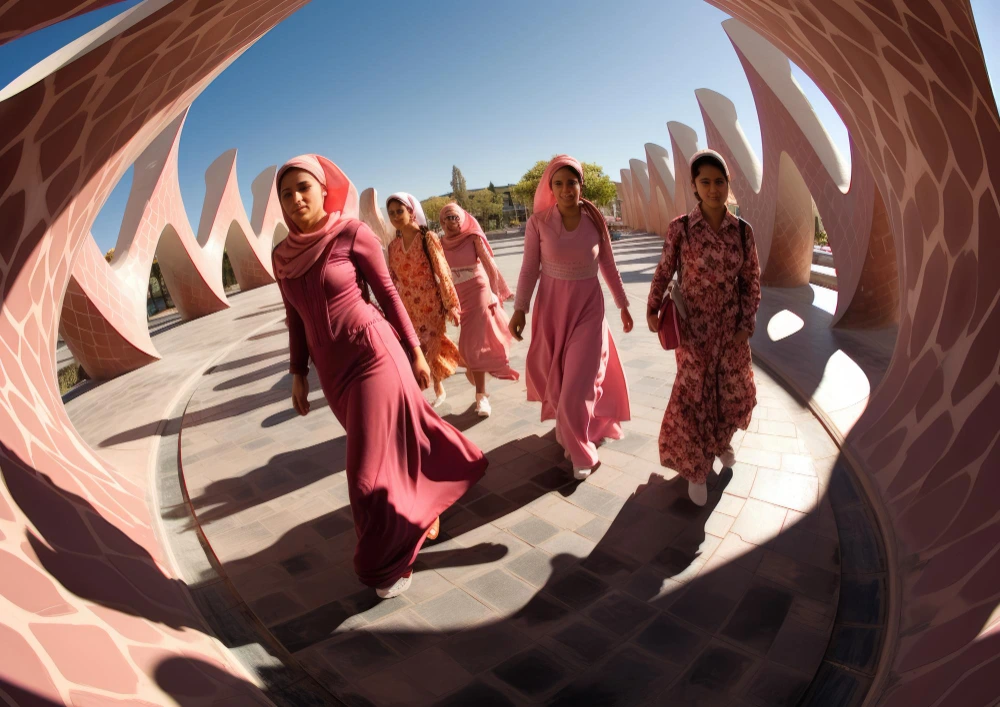
Partition of India (1947) – The Darkest Chapter
The Partition of British India led to massive riots, displacement, and bloodshed. Lahore, being near the new border, saw one of the largest migrations in history. Hindu and Sikh populations left, and millions of Muslim refugees arrived, reshaping the city’s demographics.
Modern Lahore: Growth, Culture & Economy
1950s–1980s: Industrial and Educational Growth
Lahore became Pakistan’s center for education, arts, and industry, with institutions like Punjab University, LUMS, and UET Lahore leading academic excellence.

1990s–2000s: Expanding Infrastructure & Economy
- M2 Motorway (1997) – Connecting Lahore to Islamabad.
- Metro Bus (2013) & Orange Line Train (2020) – Revolutionizing public transport.
- DHA Lahore & Bahria Town – Expanding residential areas.
21st Century: Lahore in the Digital Age
- Lahore Smart City – A futuristic urban project.
- E-commerce & Tech Boom – Lahore is now a startup hub.
- Tourism Revival – Restoration of historic sites.

Conclusion: The History of Lahore
Lahore stands as a timeless city, blending its rich history with modern innovation. From ancient civilizations to Mughal glory, British influence, and Pakistan’s independence, Lahore’s journey is a testament to resilience, culture, and progress.
